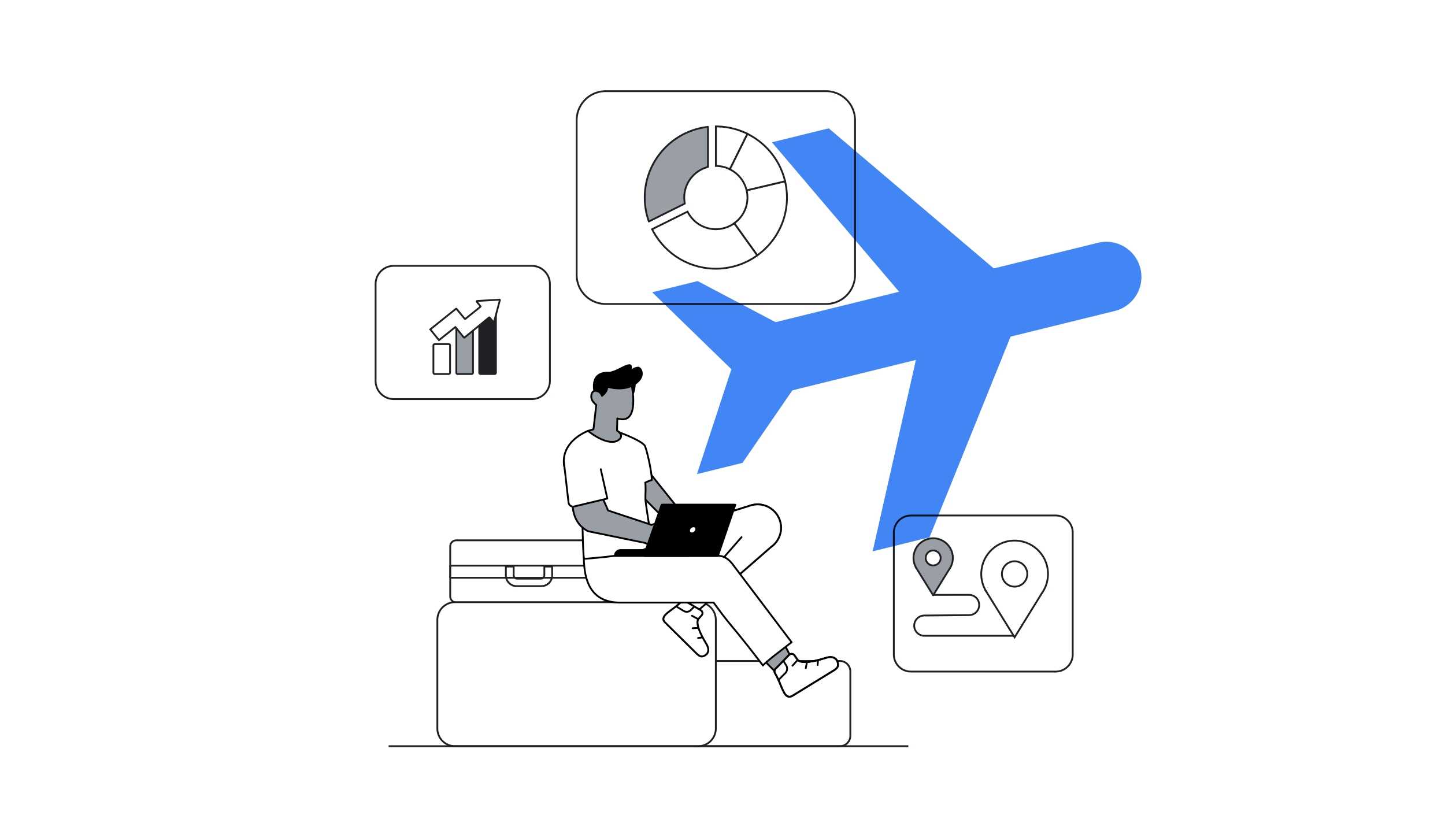Teknosa is a technology and electronics retailer with more than 200 stores in Turkey. The teknosa.com site is the biggest driver of the company’s revenue growth, so improving performance and return on investment are the main areas of focus for Teknosa’s digital marketing team. With that in mind, they set out to find ways to increase the efficiency of Teknosa’s search budget.
About Teknosa
Technology and electronics retailer
Headquarters: İstanbul, Turkey
www.teknosa.com
Goals
Increase efficiency of search budget
Improve return on ad spend
Reduce costs
Approach
Combined Google Data-Driven Attribution with AdWords Smart Bidding
Results
81% increase in return on ad spend
53% growth in conversions
57% decrease in cost per acquisition
Teknosa’s marketing challenge was to increase the return on ad spend (ROAS) of generic upper-funnel search campaigns and reduce costs at the same time. The team decided to divert most of the budget to Google Shopping as a way of increasing Teknosa.com’s overall revenue.
“We rely on Data-Driven Attribution to help us utilise all customer touchpoints and allocate our budget more effectively.”
– Ceyda Balcı, Assistant Manager, Digital Marketing & Content, Teknosa
Working together with their agency Mediacom, Teknosa combined Google Data-Driven Attribution with AdWords Smart Bidding to see if they could bring more conversion value within a limited budget and timeframe. They opted to employ Target ROAS, an automated bid strategy that uses machine learning to optimise for conversions or conversion value in each and every auction.
Thanks to the new approach, Teknosa measured an 81% increase in ROAS, a 53% jump in conversions and a 57% decrease in cost per acquisition.
“After we saw the benefit of Smart Bidding and Data-Driven Attribution, we kept this as our bidding strategy and didn’t switch back to manual bidding”,
– Fergan Kitaplı, Sr. Performance Marketing Executive; Mediacom.
“Smart Bidding with Data-Driven Attribution has succeeded in balancing our two strategies of being profitable and capturing a certain level of impression share according to a target return on advertising spend”, he continues. “Data-Driven Attribution provided us a way of understanding the real value of our upper-funnel campaigns’ in our search strategy. Even if their last-click conversion value is much lower than our branded search campaigns’ conversion value, we are able to see these campaigns’ assisted conversion value potential and understand the importance of being at the beginning of the purchase funnel.”





